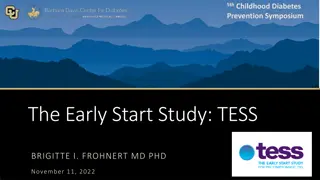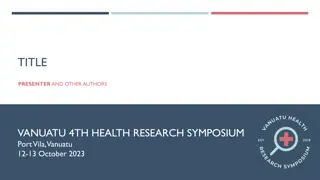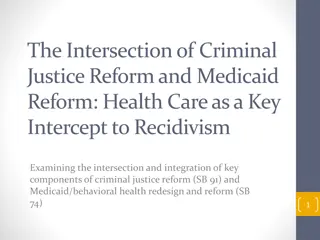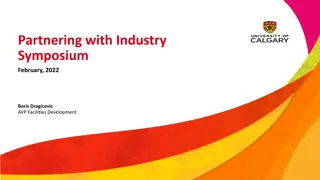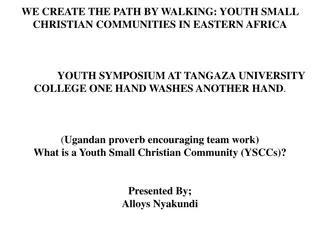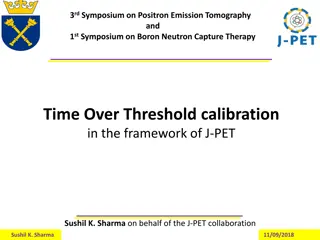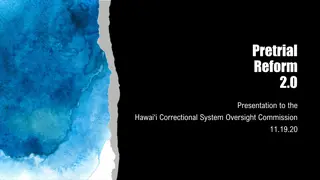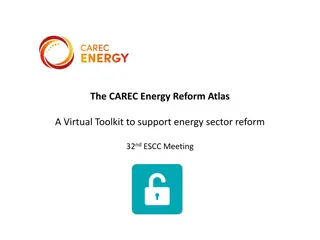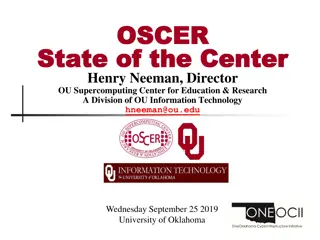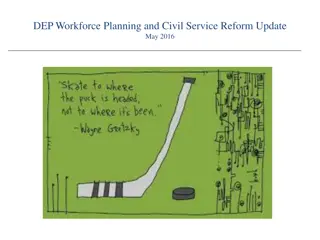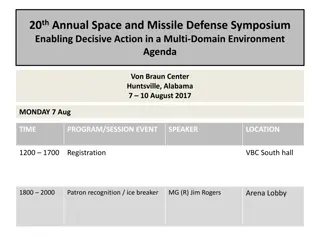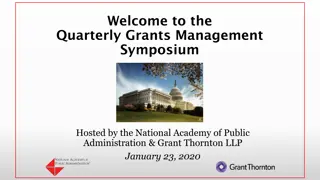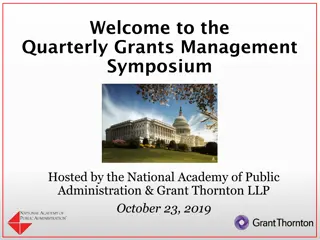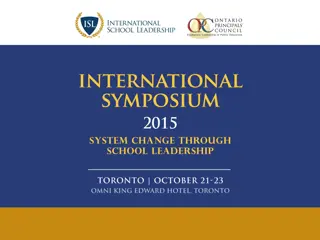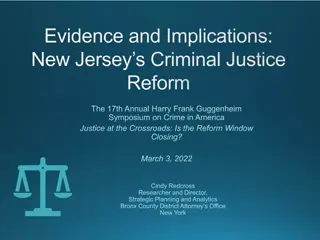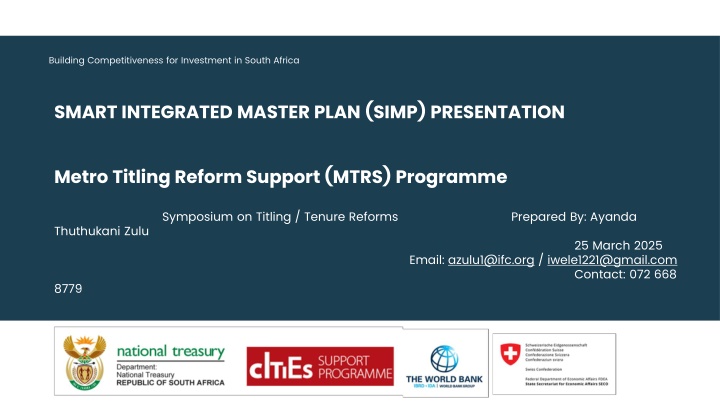
Integrated Master Plan for Investment in South Africa - SIMP Presentation
"Explore the Smart Integrated Master Plan (SIMP) and Metro Titling Reform Support Program in South Africa, aiming to improve titling processes and human settlements projects. Addressing challenges and showcasing a strategic approach for setting realistic targets."
Download Presentation

Please find below an Image/Link to download the presentation.
The content on the website is provided AS IS for your information and personal use only. It may not be sold, licensed, or shared on other websites without obtaining consent from the author. If you encounter any issues during the download, it is possible that the publisher has removed the file from their server.
You are allowed to download the files provided on this website for personal or commercial use, subject to the condition that they are used lawfully. All files are the property of their respective owners.
The content on the website is provided AS IS for your information and personal use only. It may not be sold, licensed, or shared on other websites without obtaining consent from the author.
E N D
Presentation Transcript
Building Competitiveness for Investment in South Africa SMART INTEGRATED MASTER PLAN (SIMP) PRESENTATION Metro Titling Reform Support (MTRS) Programme Thuthukani Zulu Symposium on Titling / Tenure Reforms Prepared By: Ayanda 25 March 2025 Email: azulu1@ifc.org / iwele1221@gmail.com 8779 Contact: 072 668
1. Purpose Of This Report/ Aim of SIMP To showcase & propose the Smart Integrated Master Plan (SIMP) approach to titling & Human Settlements projects. To present Advantages, Lessons Learnt and Current Challenges in during the development of the SIMP. To clearly categorize projects according to generic milestones i.e. Township Establishment; Beneficiary Management; Transfers & Close Out Stage. To align human settlements projects with the HSS; Annual Business Plan & Medium Term Expenditure Framework (MTEF). Present updates & activities undertaken between the October up to the 6 December 2024.
2. Problem Statement Registration and titling of properties remains a key government priority However, all nine provinces in South Africa are struggling to meet their annual targets, which adversely affects the Medium Term Development Plan (MTDP). Many government housing projects have occupants but lack proper transfer due to issues like Incomplete Township Establishment processes and Beneficiary Management. Challenges are compounded by an outdated base data (Housing Subsidy System) and a fragmented approach to titling. The Smart Integrated Master Plan (SIMP) is suggested to support the setting of realistic targets, to rebuild confidence and integrity between units, spherers of government and affected communities (beneficiaries).
3. What is Smart Integrated Master Plan (SIMP) Smart Integrated Master Plan (SIMP) is a diagnostic, systematic, strategic and operational project tracking tool that seeks to standardize and align database to enable for setting up of realistic targets in achieving the desired outputs and outcomes. Diagnostic & Systematic Re introduces systematic approach to Township Establishment Processes. Strategic & Operational Categorizes & Quantifies Projects i.e. Generic Milestones & Sub Milestones. Proposes Generic Milestones i.e. Township Establishment (TE), Beneficiary Management (BM), Transfer & Close Out Integrates Annual Targets, Medium Term Expenditure Framework (3yr), Medium Term Strategic Plan (5yr) & DORA outputs. In the near future to include prefeasibility one of the sub milestones under TE. Re- emphasise Spatial Referencing of Human Settlements Projects (GIS)
4. Background The SIMP is a tool developed out of experiences emanating from failures to achieve annual & MTDP targets. The tool was initiated in KZN with an intention to improve project management; reporting; accountability; monitoring and evaluation SIMP is a tool developed with Provinces and showcased / presented to NDHS / Presidency to address constant MTDP target failure To date the tool is being piloted in BCMM & NMB (Eastern Cape) & is funded by the World Bank Group (WBG)
5. SIMP Objectives (ISDA) Develop SMART Integrated Master Plan (SIMP) for BCMM Standardise Title Deeds Restoration Activities Develop a Diagnostic project management / reporting tool Align Housing Projects Reports with HSS & MTDP Categories
6. For Eastern Cape Base Data Extracts From National Department Of Human Settlements (NDHS): Eastern Cape Department of Human Settlements (ECDHS): Buffalo City Metropolitan Municipality (BCMM): Housing Subsidy Scheme (HSS) 243 projects reflecting Project Readiness Matrix (PRM) Business Plan (BP) Website Information ECDHS Strategic Plan 2020 - 25 Municipal Status Quo Projects Report GIS Maps Municipal Valuation Roll Town Planning Reports Land Survey Reports Municipal Integrated Development Plan
7. How does SIMP differ with other datasets /plans & systems Business Plan (BP): The plan lacks details on township establishment processes, leading to unmet targets. Some projects are included merely for compliance, requiring a more logical and realistic approach. Generic milestones should be added to the BP. Project Readiness Matrix (PRM): While it includes some township establishment milestones, it omits essential details like Parent Property Description and statuses for Water Use License, Conditions of Establishment, Internal Reticulation, Services Compliance Certificate, and Opening of Township Register. Housing Subsidy Scheme (HSS): This scheme misses basic project information and has outdated registration data, resulting in poor titling performance and unrealistic targets. Generic milestones need to be incorporated into the HSS. SIMP: This integrates the mentioned datasets and consists of six components: Project Location Information, Project Basic Information, Project Contractual Obligations, Project Progress Section, Township Establishment Activities, Beneficiary Management, and Transfers. It proposes the inclusion of generic milestones in the HSS for better monitoring.
8. Current Challenges Fragmentation: There is a lack of consistency in titling across provinces, with no standard methods for conveyancing or social facilitation fees. Alignment: Reports from provincial and local authorities on human settlements projects do not align with HSS, lacking coherence in project names, numbers, financial implications, and contractual obligations, and they omit details on township establishment activities. Exclusion of Certain Projects: Status quo reports focus only on projects within the business plan, leaving out those not yet completed, which leads to the marginalization of various housing initiatives.
8. Current Challenges Cont Co-operation: There is a lack of co-operation among key stakeholders at Provincial and Local levels, such as Project Management and Municipal Engineering Units, leading to gaps and outdated data. Compliances: Housing projects related to titling in the Business Plan are included mainly for compliance i.e. In the BP, there would be projects targeted for transfers yet the reality / diagnosis indicate that they are still affected by incomplete township establishment & the result is poor performance reporting to title restoration. Categorisation: Housing projects lack proper categorization, making it difficult to quantify units and determine projected outputs like Township Establishment and Beneficiary Management. Duplications occur on HSS due to the current project referencing method (Project numbers & naming conventions). Prioritisation: Titling receives insufficient priority, with some provincial departments lacking a dedicated directorate for holistic titling, often placing it across different Chief Directorates.
9. Anticipated Benefit of SIMP A unified titling system will prevent unnecessary duplications. Focus on project tracking, itemisation, updates, and categorisation. Ensure alignment with HSS, DORA Outputs, MTDP Targets, and Annual Goals. Offers effective accountability, transparency, and management for service delivery. Aims to increase the number of completed projects, alleviating pressure on HSS and audit queries. A single template will replace the current fragmented reporting methods.
10. Recommendations The National Department of Human Settlements (NDHS) endorses the use of SIMP to monitor housing projects. NDHS will require provinces to create SIMP and implement it in municipalities, starting with metropolitan areas and then extending to smaller towns. Task Teams will be formed to facilitate the SIMP rollout to provincial departments. All ongoing housing projects must be included in the SIMP and Status Quo Reports. Future documentation must incorporate parent property descriptions in the SIMP, Project Readiness Matrix (PRM), and Housing Subsidy System (HSS). Changes to the HSS will ensure that existing project numbers remain stable despite project developments, establishing fixed references for new projects.
SIMP Demonstration Demonstration of Draft BCMM SIMP

